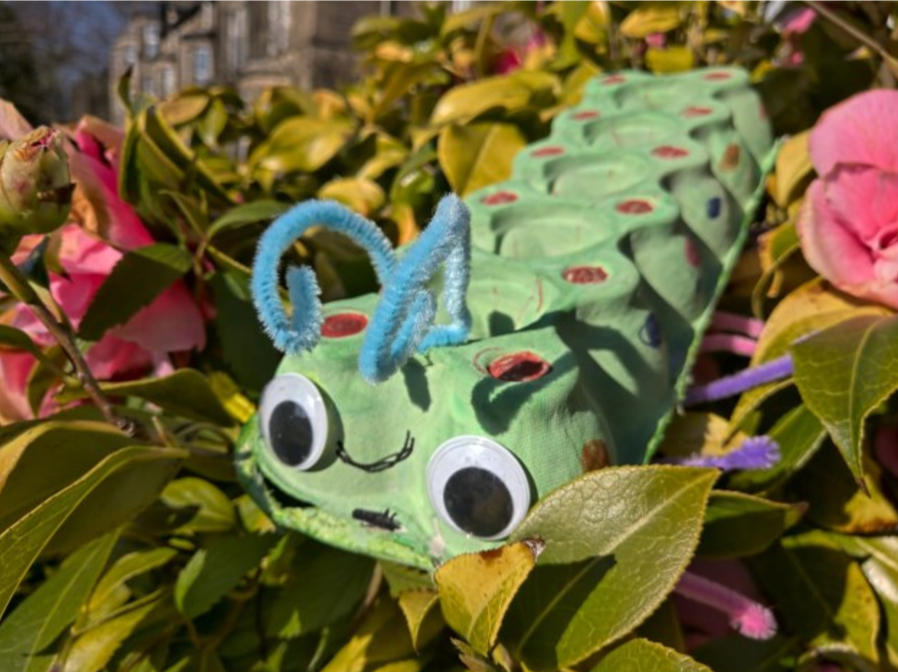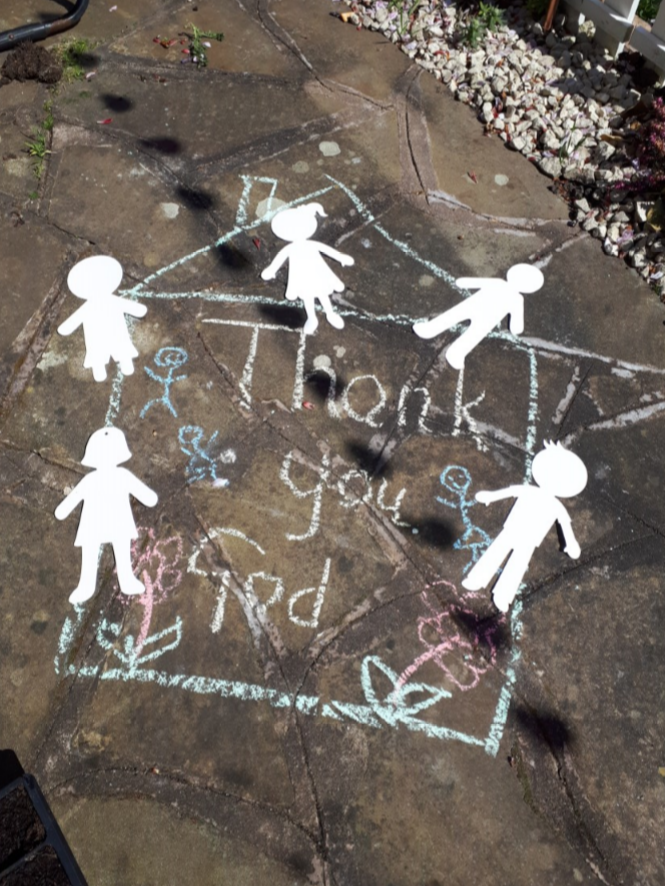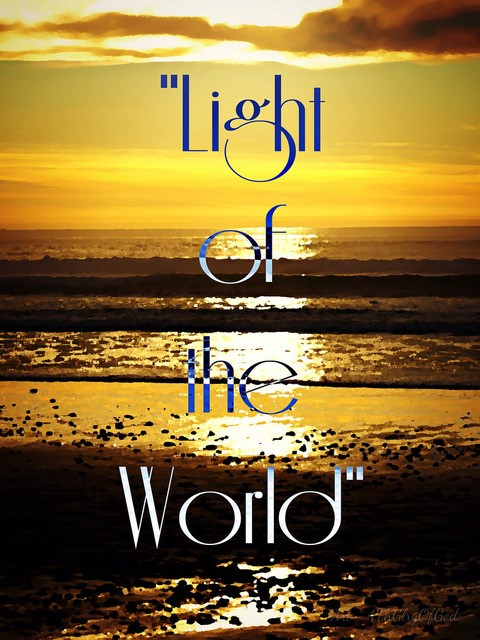Offering Our Song of Praise to God
Messy Science – Water Making Music
Equipment needed
Jars (at least three or four of the same or a similar size); water; spoons; food colouring in a few different colours if you have it
Fill each jar with a different amount of cold water and make each a different colour with the food colouring. Gently tap each jar with a metal or wooden spoon and listen to the different sounds.
Big thinking
Why do the different jars make different sounds? The sounds you hear are caused by sound waves, which are themselves caused by the glass vibrating as you hit it. The frequency of sound depends on how fast the glass is vibrating. When a glass contains more water, the vibration is slower and the pitch is lower. Conversely, when the glass contains less water, the vibration is faster and the pitch is higher. If you’re feeling particularly musical, try to work out how to fill the jars to create a musical scale or even a tune. The more jars you use, the more possibilities there are!
You could do this experiment a slightly different way with some plastic water bottles with different amounts of water in. Rather than hitting the bottles, blow over the top of them. Now what do you hear? Which has the highest and lowest pitch? It should be the opposite of what you found when you hit the jars. This is because in this case, it is the vibration of the air in the bottle and not the actual bottle that causes the sound you hear. In the bottle with only a little water in, there is a longer air column and the sound waves in the air vibrate slower so that the pitch of the note is slower. With a lot of water and little air, the sound waves in the air vibrate faster and the pitch is higher.
Big questions
The person who wrote one of the Psalms said, ‘Let everything that has breath praise the Lord!’ (Psalm 150:6). Sometimes we can praise God through words, but what do you think it means to praise God without words? Do non-humans praise God, do you think? Do trees and rivers? Do animals? How would you praise God silently? Is it possible?












